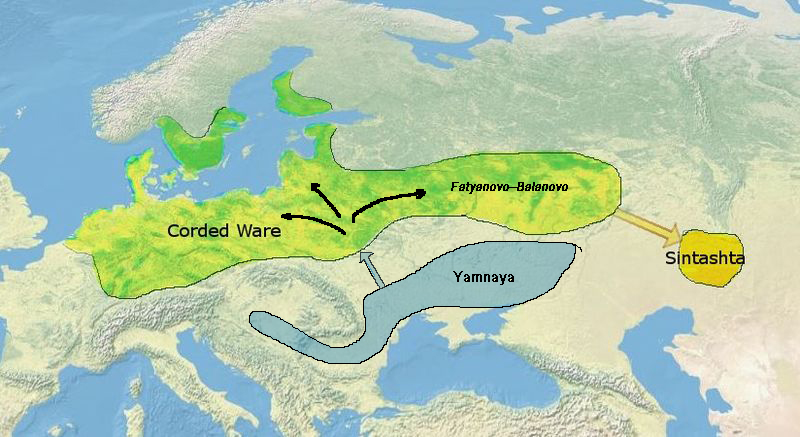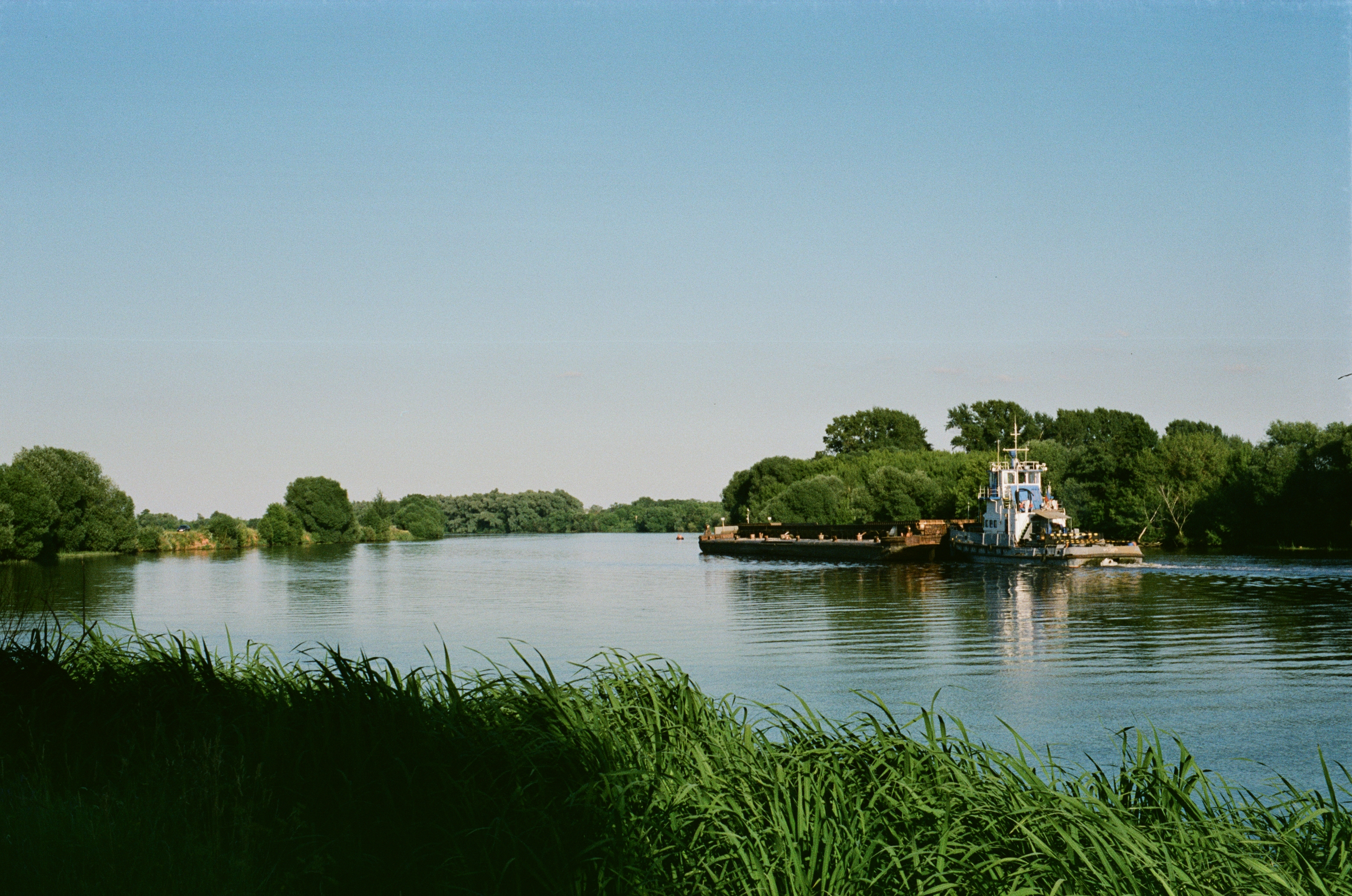|
History Of Moscow
The city of Moscow gradually grew around the Moscow Kremlin, beginning in the 14th century. It was the capital of the Grand Duchy of Moscow (or Muscovy) and then the Tsardom of Russia until the capital was moved to Saint Petersburg by Peter the Great. Moscow was the capital of the Russian Soviet Federative Socialist Republic from 1918, which then became the Soviet Union (1922 to 1991), and since 1991 has served as capital of the Russian Federation. Situated on either bank of the eponymous Moskva River, the city during the 16th to 17th centuries grew up in five concentric divisions, formerly separated from one another by walls: the Kremlin ("fortress"), Kitaigorod ("walled town", but interpreted as "Chinatown" by folk etymology), Bielygorod ("white town"), Zemlianoigorod ("earthworks town"), and Miestchanskygorod ("bourgeois town") outside the city walls. After the fire of 1812, the city ramparts were replaced with the Boulevard Ring and Garden Ring roads, replacing the walls ... [...More Info...] [...Related Items...] OR: [Wikipedia] [Google] [Baidu] |
Boulevard Ring
The Boulevard Ring (russian: Бульва́рное кольцо́; transliteration: ''Bulvarnoye Koltso'') is Moscow's second innermost ring road (the first is formed by the Central Squares of Moscow running along the former walls of Kitai-gorod). Boulevards form a semicircular chain along the western, northern and eastern sides of the historical White City of Moscow; in the south the incomplete ring is terminated by the embankments of Moskva River. The first of the boulevards, Tverskoy Boulevard, emerged in 1796, but the ring was completely developed in 1820s, after the disastrous 1812 fire. The Ring replaced the medieval walls of the White City in the 1820s. The wall itself was razed in 1760, and despite the royal decrees to keep the site clear, the area was soon built over with private and state property. The Fire of Moscow destroyed many of those buildings, allowing the city planners to replace them with wide green boulevards. In the 20th century, the width of the Boulev ... [...More Info...] [...Related Items...] OR: [Wikipedia] [Google] [Baidu] |
Volga Trade Route
In the Middle Ages, the Volga trade route connected Northern Europe and Northwestern Russia with the Caspian Sea and the Sasanian Empire, via the Volga River. The Rus used this route to trade with Muslim countries on the southern shores of the Caspian Sea, sometimes penetrating as far as Baghdad. The powerful Volga Bulgars (cousins of today's Balkan Bulgarians) formed a seminomadic confederation and traded through the Volga river with Viking people of Rus' and Scandinavia (Swedes, Danes, Norwegians) and with the southern Byzantine Empire (Eastern Roman Empire) Furthermore, Volga Bulgaria, with its two cities Bulgar and Suvar east of what is today Moscow, traded with Russians and the fur-selling Ugrians. Chess was introduced to Old Russia via the Caspian-Volga trade routes from Persia and Arabic lands. The route functioned concurrently with the Dnieper trade route, better known as the trade route from the Varangians to the Greeks, and lost its importance in the 11th century. Es ... [...More Info...] [...Related Items...] OR: [Wikipedia] [Google] [Baidu] |
Oka River
The Oka (russian: Ока́, ) is a river in central Russia, the largest right tributary of the Volga. It flows through the regions of Oryol, Tula, Kaluga, Moscow, Ryazan, Vladimir and Nizhny Novgorod and is navigable over a large part of its total length, as far upstream as the town of Kaluga. Its length is and its catchment area is .«Река Ока» Russian State Water Registry The Russian capital sits on one of the Oka's tributaries—the Moskva. Name and history The Oka river was the homeland of the Eastern Slavic |
Muroma
The Volga Finns (sometimes referred to as Eastern Finns) are a historical group of indigenous peoples of Russia living in the vicinity of the Volga, who speak Uralic languages. Their modern representatives are the Mari people, the Erzya and the Moksha Mordvins, as well as speakers of the extinct Merya, Muromian and Meshchera languages. The Permians are sometimes also grouped as Volga Finns. The modern representatives of Volga Finns live in the basins of the Sura and Moksha rivers, as well as (in smaller numbers) in the interfluve between the Volga and the Belaya rivers. The Mari language has two dialects, the Meadow Mari and the Hill Mari. Traditionally the Mari and the Mordvinic languages ( Erzya and Moksha) were considered to form a ''Volga-Finnic'' or ''Volgaic'' group within the Uralic language family, accepted by linguists like Robert Austerlitz (1968), Aurélien Sauvageot & Karl Heinrich Menges (1973) and Harald Haarmann (1974), but rejected by others like Björn Collin ... [...More Info...] [...Related Items...] OR: [Wikipedia] [Google] [Baidu] |
Volga Finns
The Volga Finns (sometimes referred to as Eastern Finns) are a historical group of indigenous peoples of Russia living in the vicinity of the Volga, who speak Uralic languages. Their modern representatives are the Mari people, the Erzya and the Moksha Mordvins, as well as speakers of the extinct Merya, Muromian and Meshchera languages. The Permians are sometimes also grouped as Volga Finns. The modern representatives of Volga Finns live in the basins of the Sura and Moksha rivers, as well as (in smaller numbers) in the interfluve between the Volga and the Belaya rivers. The Mari language has two dialects, the Meadow Mari and the Hill Mari. Traditionally the Mari and the Mordvinic languages ( Erzya and Moksha) were considered to form a ''Volga-Finnic'' or ''Volgaic'' group within the Uralic language family, accepted by linguists like Robert Austerlitz (1968), Aurélien Sauvageot & Karl Heinrich Menges (1973) and Harald Haarmann (1974), but rejected by others like Björn Collin ... [...More Info...] [...Related Items...] OR: [Wikipedia] [Google] [Baidu] |
Setun River
The Setun () is a river in the west of Moscow and the largest tributary of the Moskva in Moscow. The length of the river is , of which is in Moscow itself. Its basin has an area of .«Река СЕТУНЬ» Russian State Water Registry The Setun originates in the village of Salariyevo in and flows into the Moskva near Krasnoluzhsky Road Bridge, opposite to the former village of Luzhniki. The river teems with [...More Info...] [...Related Items...] OR: [Wikipedia] [Google] [Baidu] |
Sparrow Hills
Sparrow Hills (russian: Воробьёвы го́ры, ), formerly known as Lenin Hills (, ) between 1935 and 1999, is a hill on the right bank of the Moskva River and one of the highest points in Moscow, reaching a height of above the river level. The observation platform, which gives a good panoramic view of the city, is on a steep bank above the river, or above sea level. The Luzhniki Stadium (formerly the Lenin Stadium), where the opening and closing ceremonies for the 1980 Summer Olympics took place, is right below, across the Moskva River. Next to it is the Novodevichy Convent, with its Naryshkin Baroque towers. Not far from the observation platform is the Luzhniki Metro Bridge. The two-level Metro-Bridge traverses the river to link Komsomolsky Prospekt with Vernadsky Prospekt. It serves two urban transport systems: motor vehicles and the Moscow Metro subway. The glass-walled subway station '' Vorobyovy Gory'' is at the lower level of the bridge. The hills, immorta ... [...More Info...] [...Related Items...] OR: [Wikipedia] [Google] [Baidu] |
Dyakovo Culture
The Dyakovo culture (russian: Дьяковская культура, from the excavated site at Dyakovo - Дьяково) is an Iron Age culture which occupied a significant part of the Upper Volga, Valday and Oka River area. The Dyakovo archaeological sites became the subject of interest in the early 19th century. The earliest phase of the culture was a colonization in the late 9th - early 8th century BC. These were small settlements situated on riverbanks close to water, like ''Tchyortov gorodok'' (Чёртов городок) on the Moscow River. The Kuntsevskoye, Troitskoye, Scherbinskoye and other sites are located in the territory of modern Moscow. These sites were fortified with moats and ramparts added frequently, with wooden structures, and show clear traces of dwellings. The 6-7th centuries was a time of crisis for the Dyakovo culture, for reasons still unknown. [...More Info...] [...Related Items...] OR: [Wikipedia] [Google] [Baidu] |
Iron Age
The Iron Age is the final epoch of the three-age division of the prehistory and protohistory of humanity. It was preceded by the Stone Age (Paleolithic, Mesolithic, Neolithic) and the Bronze Age (Chalcolithic). The concept has been mostly applied to Iron Age Europe and the Ancient Near East, but also, by analogy, to other parts of the Old World. The duration of the Iron Age varies depending on the region under consideration. It is defined by archaeological convention. The "Iron Age" begins locally when the production of iron or steel has advanced to the point where iron tools and weapons replace their bronze equivalents in common use. In the Ancient Near East, this transition took place in the wake of the Bronze Age collapse, in the 12th century BC. The technology soon spread throughout the Mediterranean Basin region and to South Asia (Iron Age in India) between the 12th and 11th century BC. Its further spread to Central Asia, Eastern Europe, and Central Europe is somewhat dela ... [...More Info...] [...Related Items...] OR: [Wikipedia] [Google] [Baidu] |
Fatyanovo–Balanovo Culture
The Fatyanovo–Balanovo culture (russian: Фатьяновская культура, Fatyanovskaya kul'tura) was a Chalcolithic and early Bronze Age culture within the wider Corded Ware complex which flourished in the forests of Russia from c. 2900 to 2050 BC. The Fatyanovo culture developed on the northeastern edge of the Middle Dnieper culture around 2900 BC, probably as a result of a mass migration of Corded Ware peoples from Central Europe. Expanding eastwards at the expense of the Volosovo culture, the Fatyanovo people developed copper mines in the western Urals. From 2300 BC they established settlements engaged in Bronze metallurgy, giving rise to the Balanovo culture. Although belonging to the southeastern part of the Fatyanovo horizon, the Balanovo culture is quite distinct from the rest. The Balanovo culture contributed to the formation of the Abashevo culture, which in turn contributed to the formation of the Sintashta culture. The Fatyanovo-Balanovo culture ended ... [...More Info...] [...Related Items...] OR: [Wikipedia] [Google] [Baidu] |
Moscow River
The Moskva (russian: река Москва, Москва-река, ''Moskva-reka'') is a river running through western Russia. It rises about west of Moscow and flows roughly east through the Smolensk and Moscow Oblasts, passing through central Moscow. About southeast of Moscow, at the city of Kolomna, it flows into the Oka, itself a tributary of the Volga, which ultimately flows into the Caspian Sea. History In addition to Finnic tribes, the Moskva River is also the origin of Slavic tribes such as the Vyatichi tribe. Etymology ''Moskva'' and ''Moscow'' are two different renderings of the same Russian word ''Москва''. The city is named after the river. Finnic Merya and Muroma people, who originally inhabited the area, called the river ''Mustajoki'', in English: ''Black river''. It has been suggested that the name of the city derives from this term, although several theories exist. To distinguish the river and the city, Russians usually call the river ''Moskva-reka'' ( ... [...More Info...] [...Related Items...] OR: [Wikipedia] [Google] [Baidu] |






